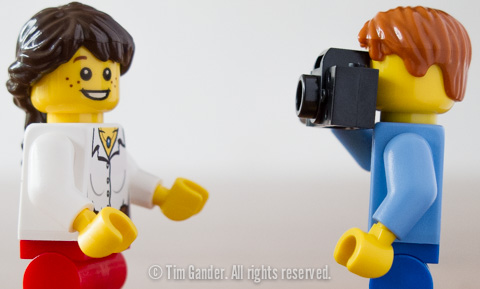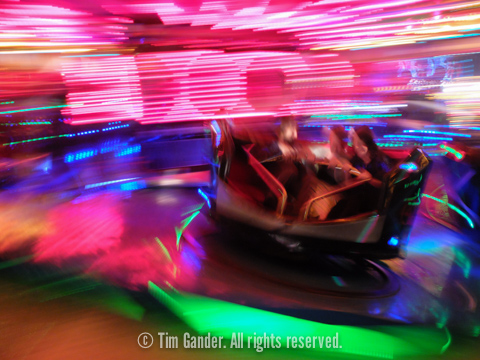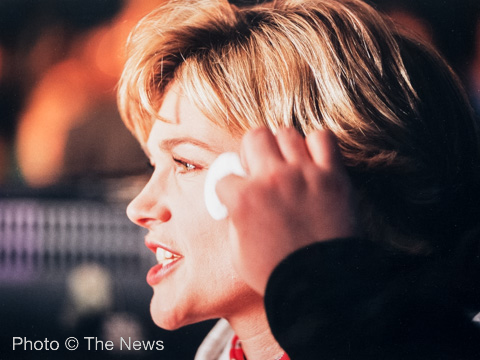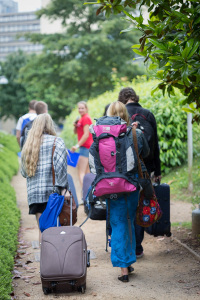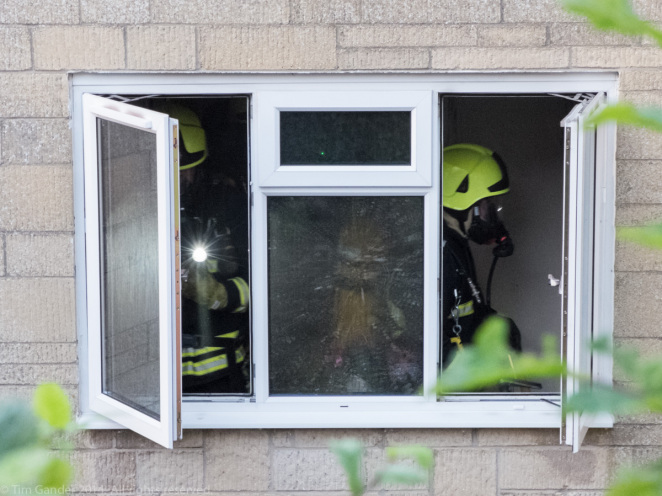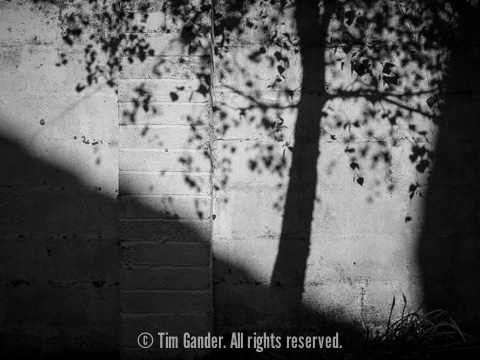People get into photography for all kinds of reasons and I don’t need to list them here, but since the early days of my career my motivation has been that I wanted to take pictures which were of a high enough standard that I would get commissioned (paid) to take pictures which would be published.
This started with newspapers and magazines, but since my business focuses so much more on commercial and corporate photography now, I get the same thrill by being commissioned by business clients to take photos for their websites, brochures and press releases.
If I’m honest with myself, it’s always been the endorsement of being asked to take pictures in exchange for filthy lucre which has been my motivational drug, which leads me neatly to the argument about taking pictures for money as somehow demeaning photography.
Millions of people take pictures for fun, many thousands take pictures for artistic reasons, but amongst true artists there are vanishingly few who pursue their passion with a view to never making money from it. Money, whatever we think of it, is the ultimate endorsement of what we create.
For me, though I don’t put my work under the heading of art, the opposite of my principle motivation would be to take photos just so people could tell me how great they are, without anyone telling me in cash terms whether or not my work is up to snuff. Likes and shares on Facebook and Instagram are all very well, but it’s too easy for someone to endorse a photo on the web with pretty much zero commitment or investment in that photo. A Like might not even mean they like the photo and you may never know what motivated someone to give it a click. It’s possible they made a slip of the finger which they couldn’t be bothered to reverse.
No, for me the joy of photography, my reason to strive and improve in it, is to see it used, published and put to work in return for the thing (the ONLY thing) which allows me to carry on doing it; money.
Charging money for photography doesn’t diminish it, doesn’t decrease its value. If you want to decrease the value of your photography, all you have to do is give it away, whereupon it becomes either worthless or impossible to value. If anything, giving photography away diminishes photography as a whole, a consequence which I believe has done much harm to the industry and resulted in a great deal of very poor work being used where it should never have seen light of day.
Taking pictures for money doesn’t weaken my wish to be the best I can be, it enhances my motivation. Nor does it stop me banging the drum for photography worth paying for. My raison d’être may be filthy lucre, but around that sits a joy in my work, a joy in giving my clients what they want and need and ultimately being able to say I’ve stayed true to my principles for 25 years.*
*I haven’t the slightest idea where this article came from. It just sort of wrote itself. Thank you for reading.


